The best hiking hats: cozy beanies for mountains and sun hats for warmer days
Our roundup of the best hiking hats gives you a great selection, whether you're after a beanie for warmth, or a summer topper for shade
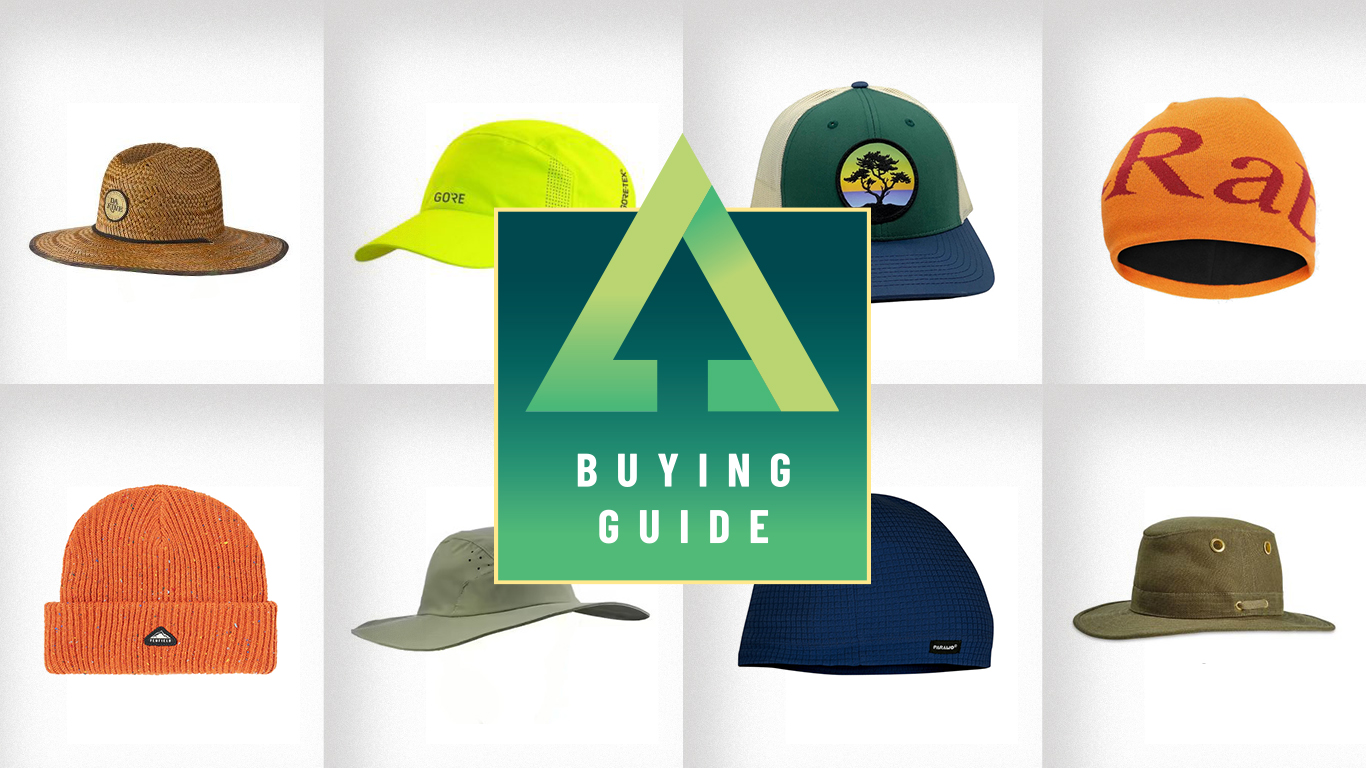
The best hiking hats, neck gaiters and caps all perform different functions. Whatever the time of year, it's worth stowing one in your pack, whether it's a beanie for mountain adventures and colder months, or a brimmed hat for when you're battling sunshint and heat.
Our expert testers have ventured out in their hiking boots throughout the seasons to bring you this guide to the very best hiking hats available in 2025. Where beanies are concerned, we love the Páramo version, with its fleecy lining, while for summer shade, we adore the Tilley TH5 Hemp Hat.
If you're after headwear for speedier jaunts that'll effectively mop your brow while you're at it, check out the best running hats.
The quick list
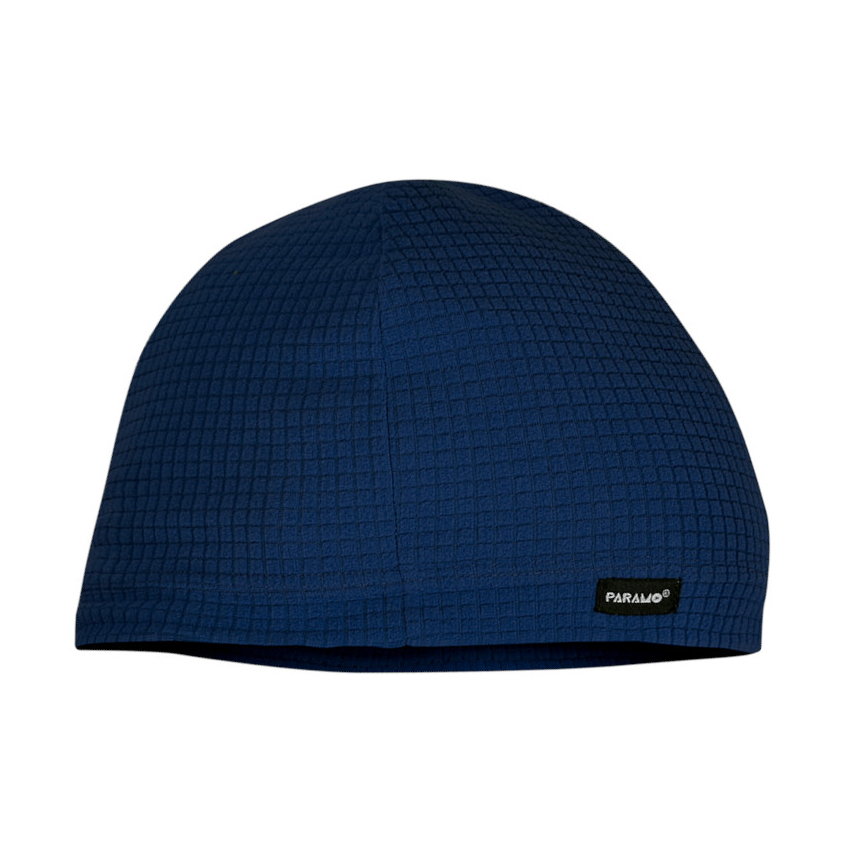
We love the soft fleecy inner, which is great for keeping your head warm in winter but makes this hat a little too warm for high energy activities like trail running.
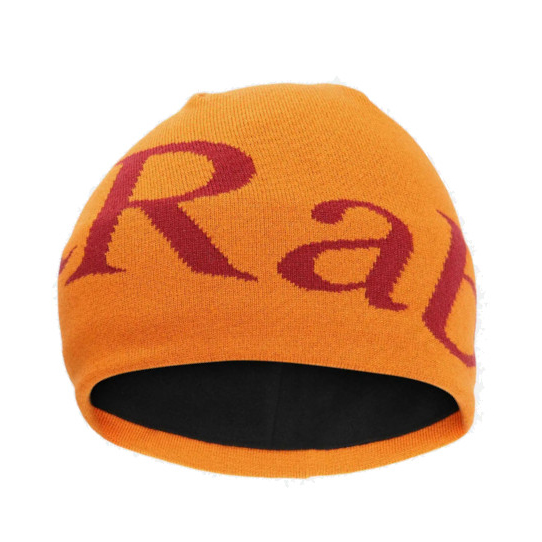
The close fit means it will fit under a climbing or biking helmet, and the bold logo will certainly turn heads. We reckon it works well as a warm hat for winter and springtime hiking
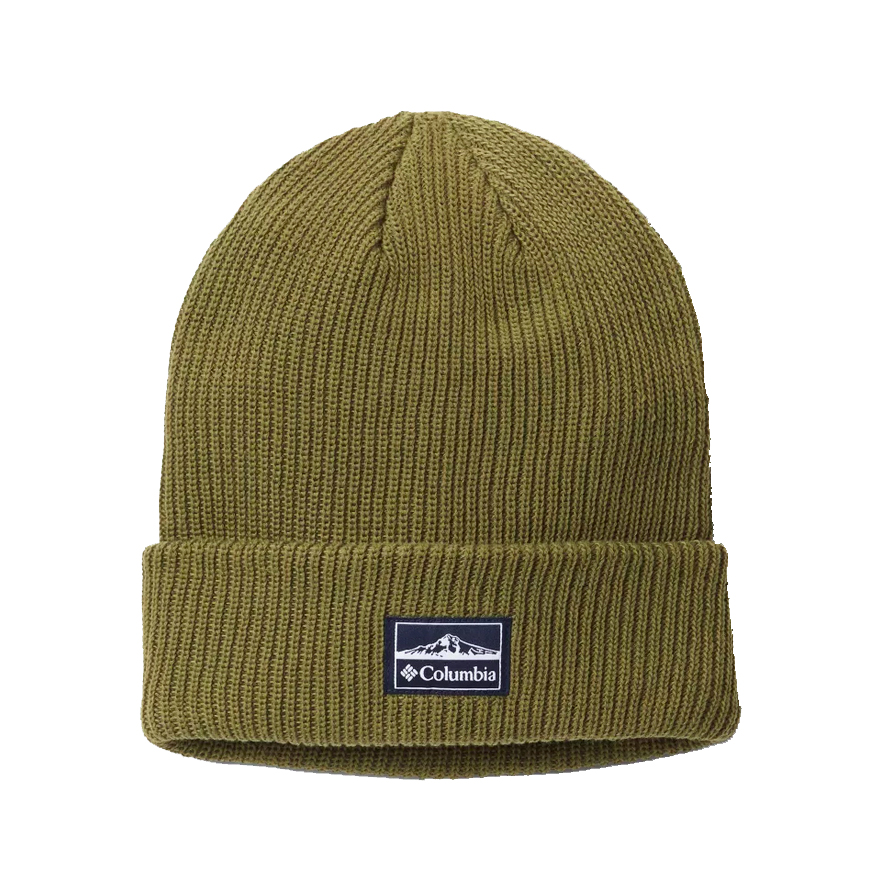
It's not the most technical piece of headwear we've ever tested, but it's a reliably warm beanie that works well in freezing conditions, and also as an après ski hat
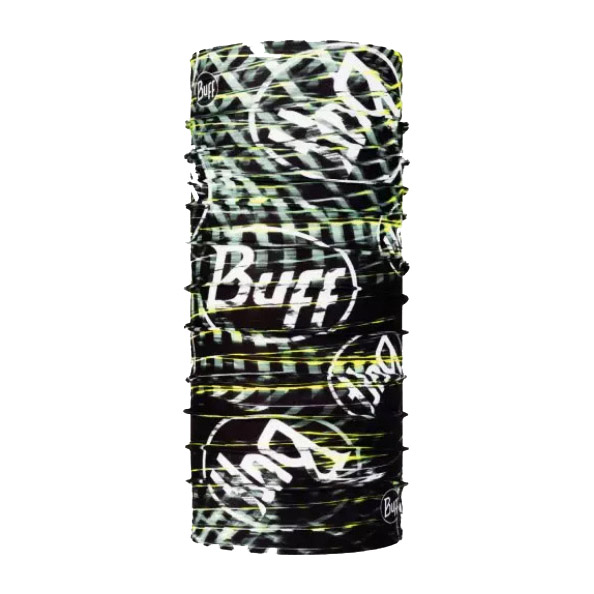
Buffs are one of the most multifunctional bits of outdoor apparel, and like many adventurous types, we love them for their versatility and convenience. They're easy to carry and incredibly light, with excellent eco credentials
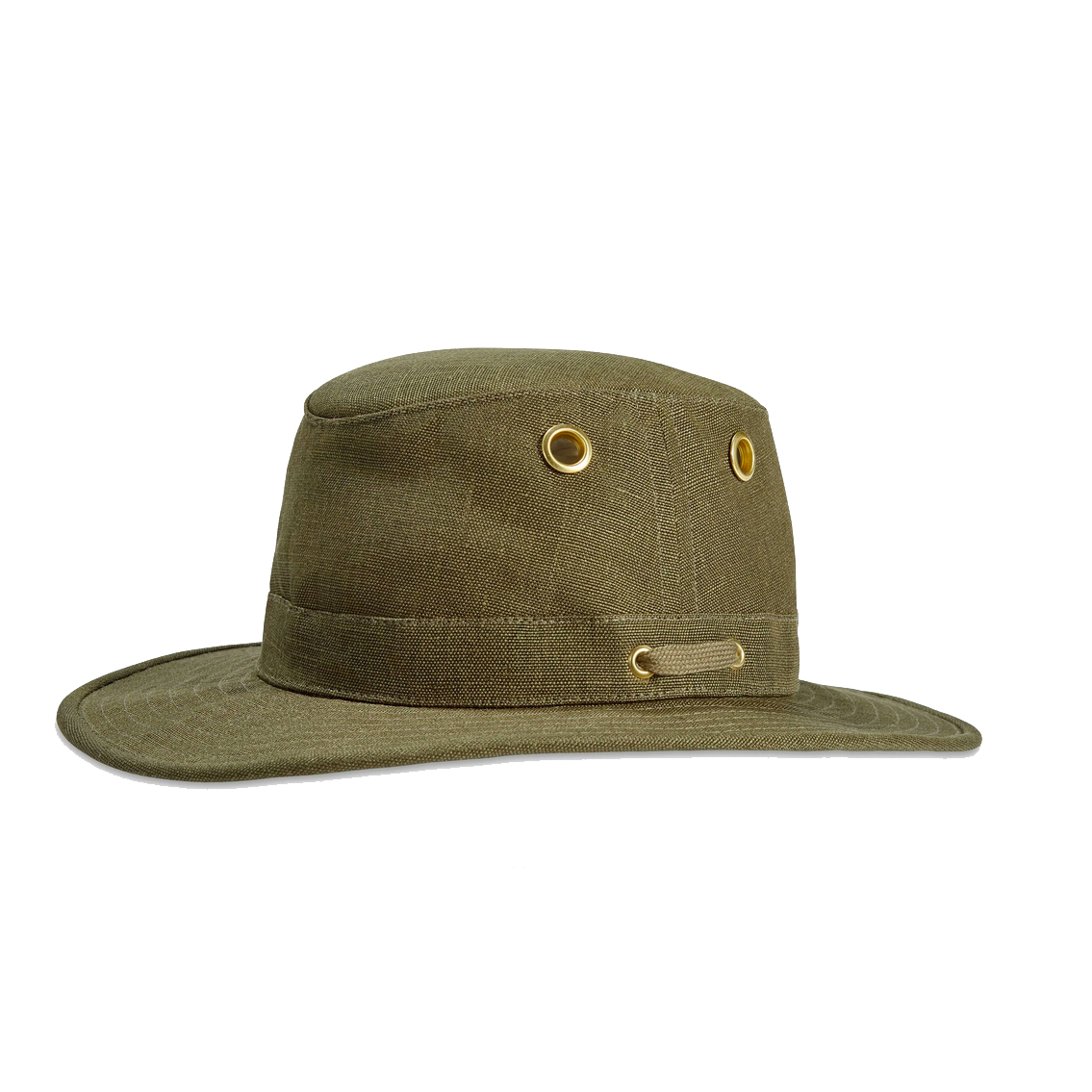
These hats are hard as nails and will wick moisture, protect you from rain and shield you from harmful UV rays. They even come with a lifetime guarantee. Ours is still going strong after several years with zero signs of damage
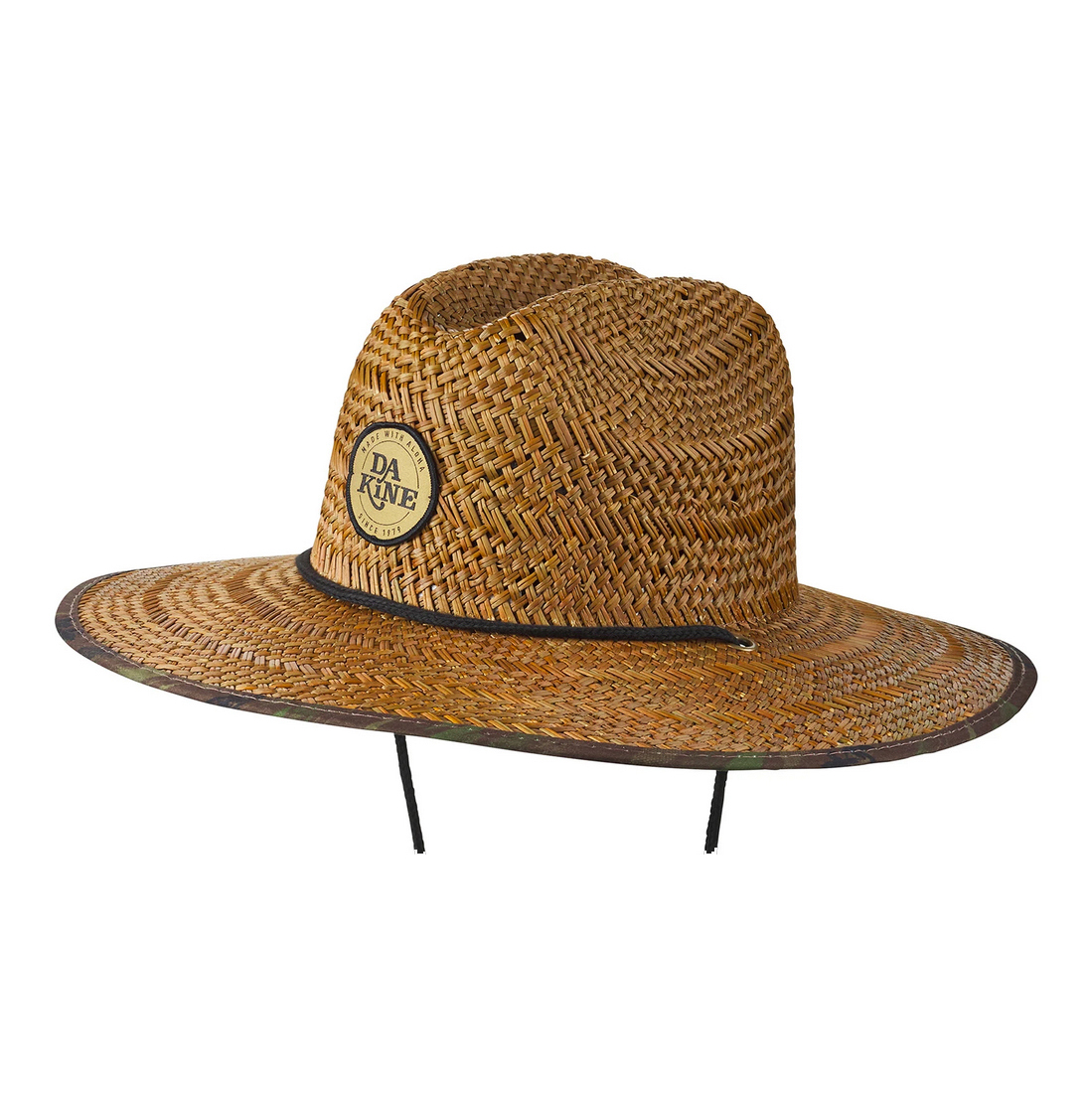
Worn traditionally by Hawaiian lifeguards, this is a summer hat through and through, that's surprisingly practical, despite its good looks. It wasn't compatible with a full backpacking pack, but we were able to use it for most other activities all summer long
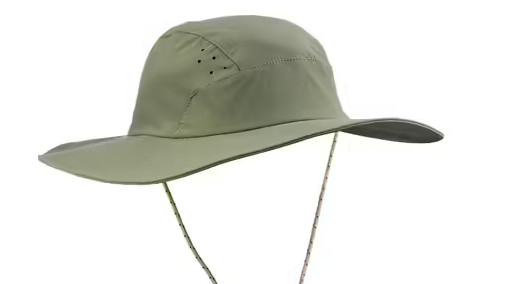
This is a no-frills hat at a modest price, that will protect you from harsh UV rays and wick sweat when you're hiking in the scorching heat. We found we could scrunch it into a tiny bundle without it losing its shape and, while we'd have liked more features, it's hard to argue with the price
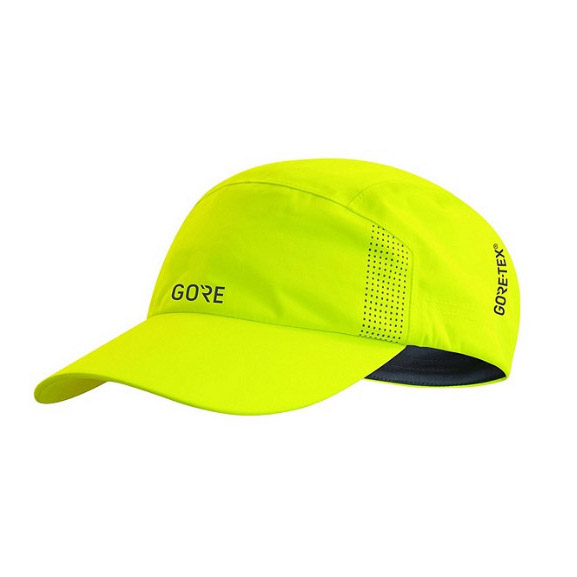
This lightweight cap is made from Gore-Tex, meaning it's both waterproof and breathable - perfect for unpredictable summer hikes. Although it's listed as a men's cap we reckon it's fine for any gender, but if you have long hair do bear in mind there's no hole at the back to pull a ponytail through
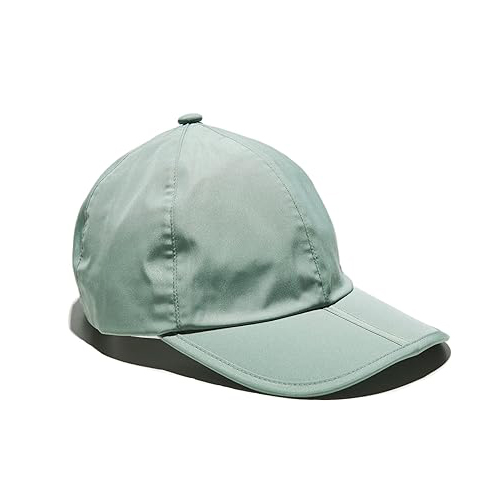
We love the folding brim on this cap, which is tough enough to survive a machine wash. The three-layer fabric will help keep you dry and comfortable but we wish it came in more sizes, as the single size available is pretty large
Best hiking hats 2025
You can trust Advnture
The best eco option
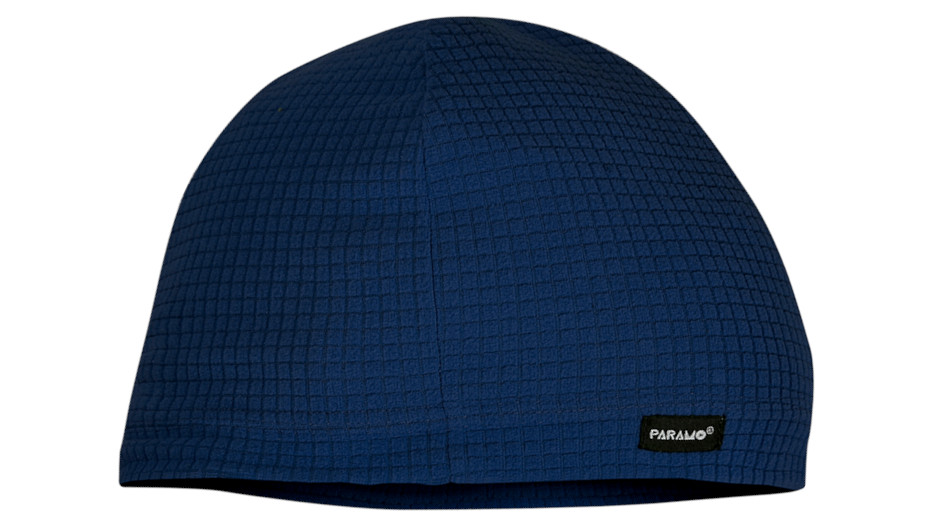
Specifications
Reasons to buy
Reasons to avoid
Weighing just 50g, and woven with Páramo’s ingenious Parameta G fabric, this dual-layer beanie is a perfect pal on outdoor adventures no matter where you’re going, or when. Our expert tester Pat says that "the design of the material means it can keep you cosy when it’s cold, or allow cool air to flow to your scalp when it’s warmer." How does it manage this? We hear you ask. Well, when worn under an outer shell, the fleecy grid pattern holds air between the squares and warms it, but if you wear it as a stand-alone hat, fresh air can permeate the fabric.
Pat reckons the latter part of this system works better in the brand’s brilliant base layers than it does in this hat, which features a lovely fleecy inner, perfect for keeping your head hot, but not so good at letting the cooler air in – which is fine by us, because the main job of a beanie, so far as we’re concerned, is to keep your loaf warm. It's also wonderfully comfortable and stretchy, wicking moisture away well too. Despite its low profile, it provides plenty of warmth and slots under a helmet for cycling or mountaineering.
Read our full Páramo Beanie review
The best lightweight beanie
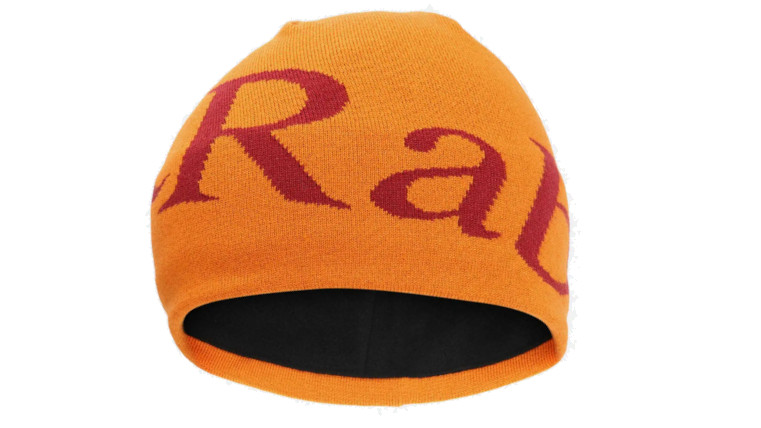
Specifications
Reasons to buy
Reasons to avoid
The eponymous logo on this hat carries a certain amount of cachet among outdoorsy types, so you’ll immediately fit in when you stroll into a climbers’ café or walkers’ pub. It comes in loads of colors, so there’ll be a hue to match your favorite waterproof jacket or puffer. Our expert tester Matt reckons that "as a warm hat for winter and springtime hiking, climbing or even a good old-fashioned snowball fight, we found it does the job with aplomb".
It’s made of a lightweight single-knit fabric that provides moderate warmth without causing your head to overheat. Unlike cheaper imitations, it also has a fleecy internal headband to keep ears toasty, minimize irritation and generally add to the performance. "The fit is nice and close" according to Matt and, as you'd expect from Rab, it'll go under a climbing or biking helmet too. Unlike some other more technical beanies, this one isn’t waterproof, though it is quick-drying, being made from acrylic. The downside of that is relatively poor eco credentials compared to natural wool or recycled synthetic fibres.
Read our full Rab Logo Beanie review
The best apres ski beanie

Specifications
Reasons to buy
Reasons to avoid
The intriguing-named Lost Lager II (where did you leave that second beer?) beanie from Columbia comes in one size only, and the fit is relaxed, as befits the laid-back après snow sport style Columbia are aiming for. This means that it’s far too large to be worn under a helmet, so it's not one for mountaineers or climbers. Beyond winter sport resorts, it can also be worn while hiking in the hills and winter trekking – but our expert tester Pat admits that it's a relatively heavy hat to carry around when you’re not using it.
With a reasonably modest-sized brand logo on the front, the Lost Lager II beanie comes down over your ears, and can be rolled down to cover your entire head if you so wish. Admirably, it's woven entirely from recycled materials (rescued polyester), which is both good for the planet, and also means it retains its decent thermal properties even if you soaked it in a stream. Pat went on to point out that "it doesn’t have an inner lining, and won’t keep your noggin dry, but it is extremely warm".
Read our full Lost Lager II beanie review
The best neck gaiter
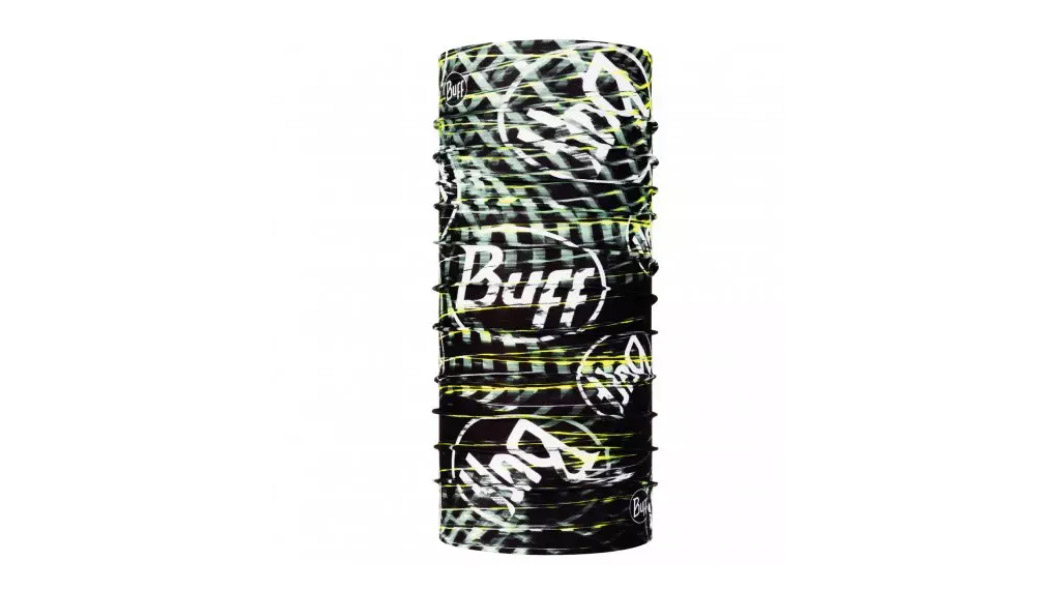
4. Buff Tubular
Our expert review:
Specifications
Reasons to buy
Reasons to avoid
Pioneers of a design that has often been imitated, this brand claim to be the makers of the original tubular scarves now known by many people as simply ‘buffs’. As a piece of mega multifunctional outdoor apparel, buffs are beloved by hikers, campers, runners, climbers, cyclists, skiers, paddlers and adventurers of all descriptions.
The scarves, which come in myriad colors and designs, can be worn in 12 different ways about your head, neck and face, offering protection from the sun, sand and dust, catching sweat before it gets in your eyes, keeping your hair out of your face, and even reducing the spread of germs (although they are not as effective in this regard as a proper face mask). They’re easy to carry (we'd often carry them on our wrist, around our neck, or in a pocket or bag), and weigh very little. They are seamless and we found them to be very comfortable indeed. Plus, these days they’re made with Repreve – a synthetic material spun from recycled plastic bottles.
The best for summer adventures
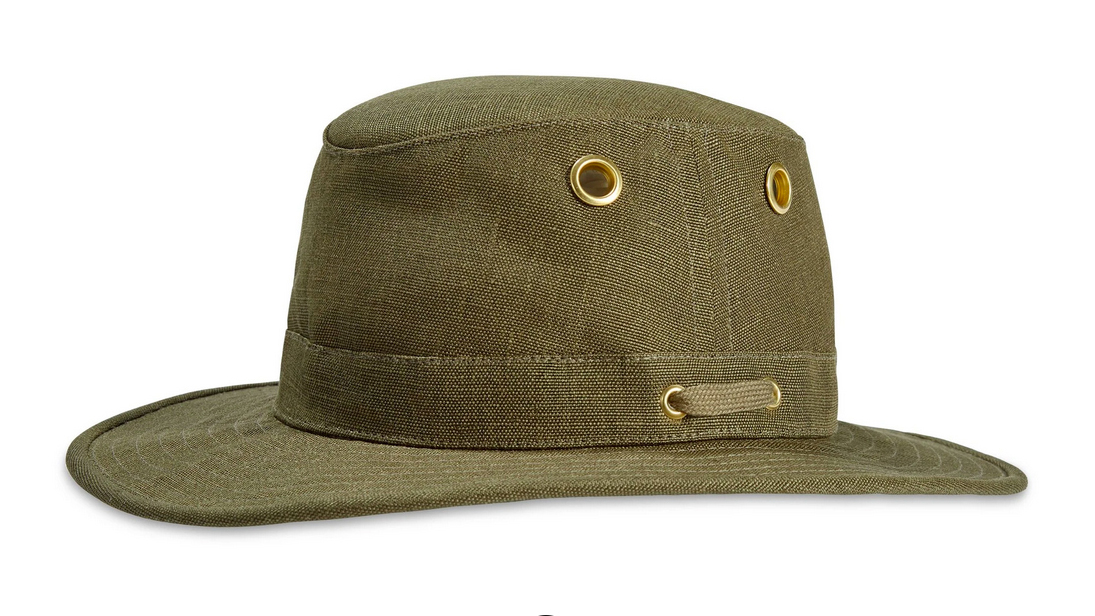
5. Tilley TH5 Hemp Hat
Our expert review:
Specifications
Reasons to buy
Sustainable
Reasons to avoid
Arguably the ultimate piece of outdoor headwear, these Canadian-made hard-as-nails hats float (in case you/it falls in water), tie on (so it can be worn in gusty and windy conditions), repel rain, wick moisture and shield your head and face from bright sunlight and UV rays. They are also ventilated with grommets, which meant we didn’t get too sweaty beneath that broad brim, and even have a secret pocket. Made from natural materials, making them sustainable, these hats are sized specifically for the wearer.
Tilley hemp hats don’t shrink, but they do fade over time, creating a well-used personalised look you can be proud of. Tilley are confident enough in their products to sell them with a lifetime guarantee – our hemp hat has been cradling our crashtest dummy’s cranium for several years now and while it doesn’t look as good as new (we’d be disappointed if it did, after all those adventures) it’s not damaged in any way and still performs perfectly.
The most stylish hat
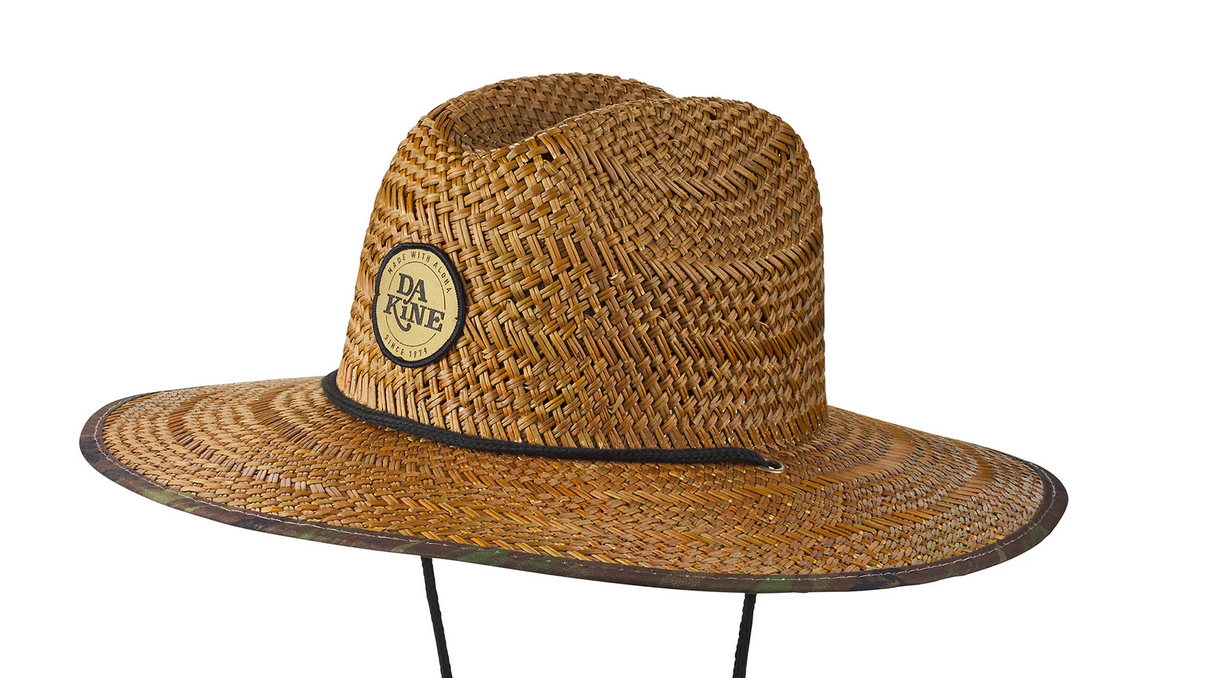
6. Dakine Pindo Straw Hat
Our expert review:
Specifications
Reasons to buy
Reasons to avoid
Being outside in the sunshine is one of the joys of summer. But sunburned neck, ears, and shoulders aren’t any fun. This big-circumference sun had provides the most protection possible with its sheer surface area, unless you’re willing to don a full sombrero.
Worn traditionally by Hawaiian lifeguards, it’s as good for beach walks as for backyard barbecues, day hikes in hot sun, and pulling weeds from the garden. Dakine added aloha to the classic straw lifeguard hat with a fun polyester print on the underside. The hat comes in two sizes, and it’s built to stay put once it’s on your head. We found that the integrated, elastic headband isn’t binding, while its cinch chin strap prevented it from blowing away, even when a gust picked up. It wasn’t compatible with a full backpacking pack, but we have been wearing it for most other activities all summer long.
The best budget summer hat

7. Decathlon Trek 500 Forclaz Hat
Our expert review:
Specifications
Reasons to buy
Reasons to avoid
If functionality is more of a concern than frills, the Forclaz Anti-UV Trekking Hat merits its place somewhere near the top of your shortlist.
The fairly classy looking sunhat has a basic design and lacks a few of the bells and whistles found on pricier models – which we’d ideally like for hiking in the scorching heat – but covers its bottom line very well given the modest RRP. It’s made with quick-drying, moisture-wicking and tear-resistant polyamide fabric. We found we could scrunch it down into a tiny bundle without it losing its shape. It has a UPF 50+ rating, and its 15% spandex content ensures a snug but comfortable fit. While more extensive mesh ventilation panels, Legionnaire-style neck coverage, and a Velcro/popper or two to pin back the brim when needed be would’ve been appreciated, the price tag will make all of these shortcomings entirely forgivable for the less demanding or fussy buyer.
The best waterproof cap
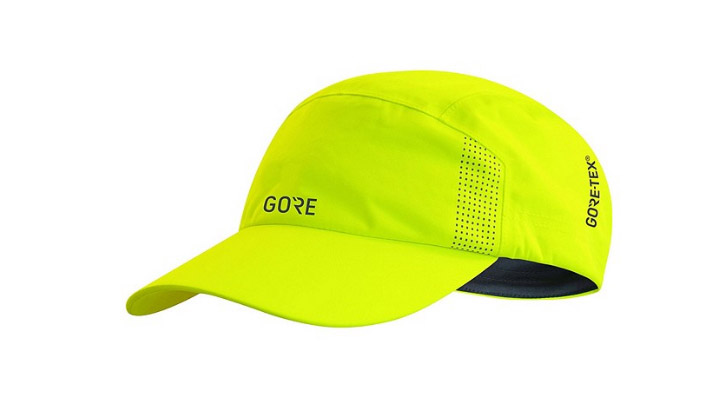
8. Gore-Tex Cap
Our expert review:
Specifications
Reasons to buy
Reasons to avoid
Weighing in at just 150g, this is a classic cap with a difference. It's made with high-performing Gore-Tex, which means it is solidly wind and waterproof, but also light and breathable. We found it to be easily adjustable at the back, so although only available in one size, we were able to fit it securely enough to be worn on gusty days. The peak provides protection from the glare of the sun and will help avoid sunburn on the nose and cheeks. If you’re hiking away from the sun, flip it round (we’re pretty sure you don’t need detailed instructions).
We found it was low profile enough to be worn under hoods, helmets and warmer headwear if required. This lid is listed as a men’s cap, but there is absolutely no reason why it shouldn’t be viewed as a unisex hat (although, note that there is no gap at the back to pull long hair through when worn in a ponytail). Gore also offer a lightweight mesh cap, which is more breathable, does have a ponytail gap at the rear and is cheaper ($30/£30), but is not waterproof.
The best folding cap

Specifications
Reasons to buy
Reasons to avoid
The Sealskinz Salle cap is supremely practical, and a great hat to stick in your backpack in any weather. The waterproof membrane means water won't soak through to your hair, while the extra long brim keeps it well away from your eyes. The membrane doesn't need any special care, either; as Sealskinz recommends. Our run leader expert Cat said: "I threw the Salle Cap in the washing machine with non-biological detergent, and it came out good as new".
Cat reckons another of the Salle Cap's best features is its foldable brim, which allows you to tuck it into the side pocket of your daypack in case the weather turns. Although it's not the lightest running cap we've ever tested, and you may prefer something less weighty for the height of summer, the Salle Cap is an excellent option for the shoulder seasons when you can't be sure what the weather will bring.
Read our full Sealskinz Salle cap review
The best hiking hat comparison table
Hat | RRP | Style | Materials |
Páramo Beanie | £22 (UK) | Lightweight beanie hat | Polyester |
Rab Logo Beanie | $20 (US) / £15 (UK) | Lightweight beanie hat | Acrylic with inner fleece headband |
Columbia Lost Lager II beanie | $25 (US) / £22 (UK) | Chunky beanie hat | 100% recycled polyester |
Buff tubular | $24 (US) / £15.50 (UK) | Tubular scarf | Repreve (synthetic microfiber made from recycled plastic bottles) |
Tilley TH5 Hemp Hat | $90 (US) / £75 (UK) | Broad brimmed hat | Hemp |
Dakine Pindo Straw Hat | $28 (US) / £30 (UK) | Broad brimmed hat | Straw outer, polyester underbrim |
Decathlon Forclaz Anti-UV Mountain Trekking Hat: Trek 500 | $15 (US) / £10 (UK) | Broad-brimmed hat | Polyamide (85%) & Elastane (15%) |
Gore-Tex Cap | $45 (US) / £40 (UK) | Lightweight cap | Gore-tex |
Sealskinz Salle Cap | $42.50 (US) / £30 (UK) | Lightweight cap | 100% polyester |
Meet the expert

Whether he's running, kayaking, mountaineering or hiking, Pat usually has a hat. Based in Devon, one of the UK's sunnier counties, he certainly has plenty of need for shade during the summer months. Meanwhile, when he heads for the mountains, he always has a spare in his backpack. As one of our main gear experts, he knows a quality product when he wears one.
How we test the best hiking hats
To test the best hiking hats, our reviewers wore them on their hiking missions for many months, heading out in the conditions that the caps, headbands and beanies were designed for. This enables our reviewers to asses the quality of each hat against claims made by the manufacturers, considering qualities like protection, warmth and moisture wicking capability.
Meet the testers

Cat counts running and hiking as two of her favorite activities and she knows well the value of a quality hat. As our editor-in-chief she's a knowledgable gear expert and always puts any kit she's testing through the wringer.
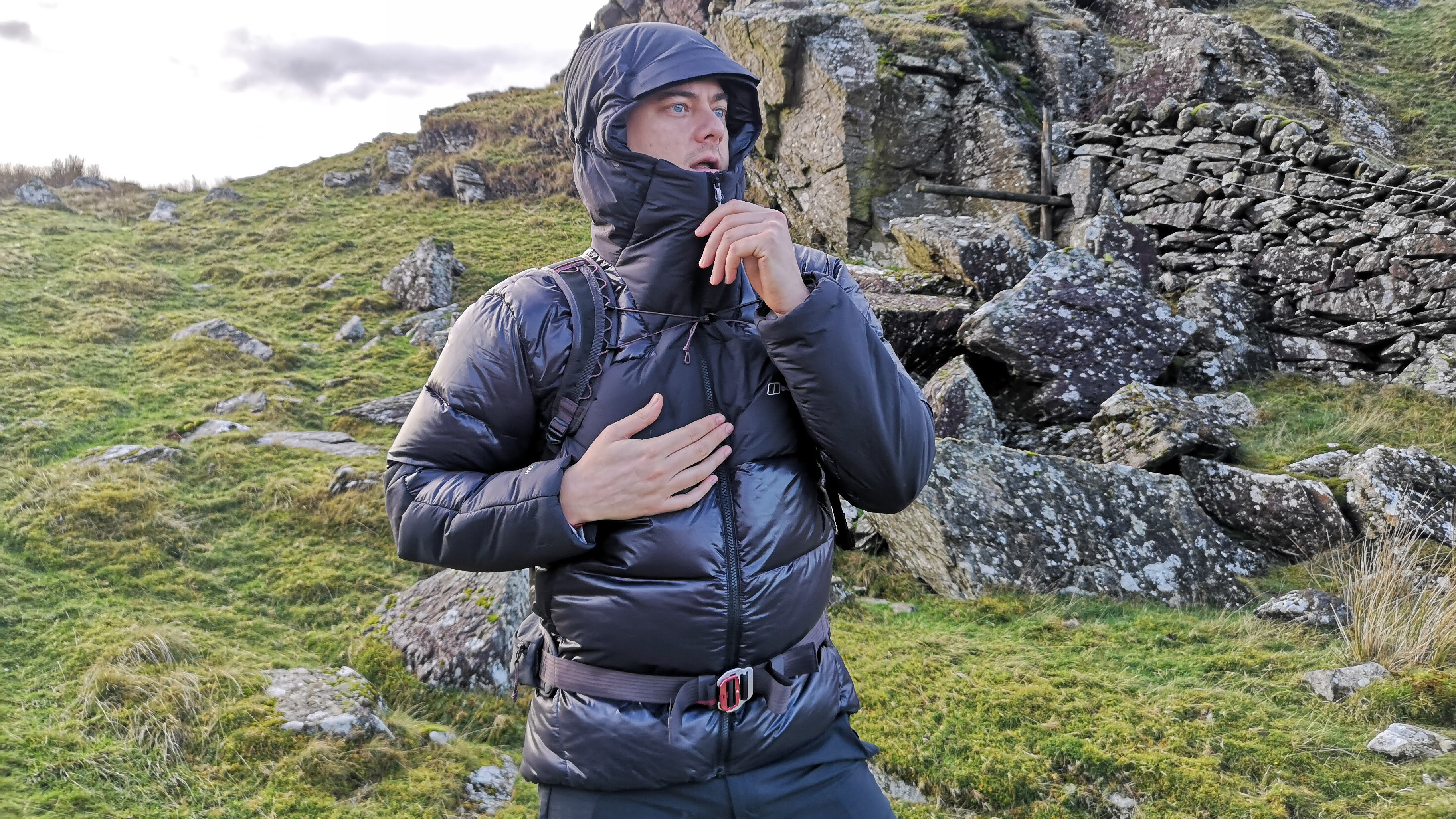
Based in the glorious Eryri (Snowdonia) National Park, Matt is one of our main outdoor gear experts. A veteran of testing kit in the field, he's reviewed many hats in his time, while exploring the cwms, bwlch, llyns and summits of his North Welsh home.

Sian loves outdoor adventure in all its forms, whether its hiking, camping, wild swimming or skiing. She's always on the lookout for new places to explore and always has a hat handy to deal with any scenario.
How to choose the best hiking hat
There are so many different reasons why you should pack a hat when you're off on an adventure. With myriad headwear designs on the market, the hat you opt for will depend on where you're hiking and the season. One thing is for sure, a hat is an absolute hiking essential, and here's why:
When the sun comes out in the northern hemisphere, it's important to remember the dangers posed by its glare. This is where a sun hat or cap really comes into its own. However, if you're heading into environment where a deluge is commonplace even in summer, a sun hat won't cut it, as it won't fit nicely under your waterproof hood. Of course, you can take it off, but it's also a bit of an awkward shape for your daypack. A cap has the advantage here, especially one that boasts waterproof qualities such as the Gore-Tex cap.
During winter, if you’re after something warm, versatile and practical, which will work for hiking and cold-weather camping – as well as other outdoor adventures in later winter and early spring, there are some superb beanie hats out there.
What winter hiking hat designs are there?
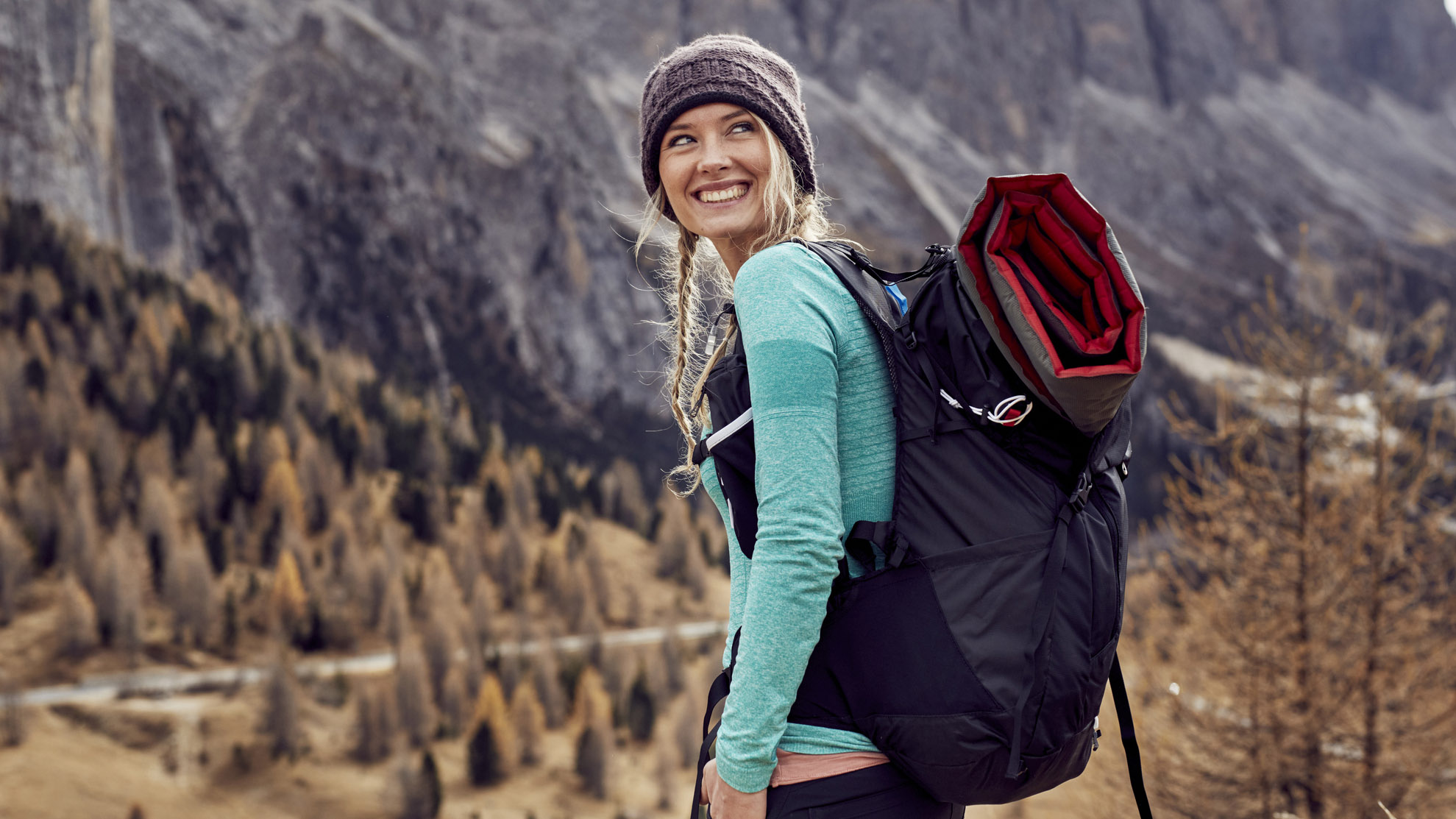
Beanies
Perhaps the simplest style of hat available, beanie’s close-fitting design makes them warm. They also stay put on your head (won’t blow away), they’re often reasonably breathable, tend to be more affordable and have a low profile, so they fit beneath hoods and helmets.
Bobble hats
Ever wondered what the bobble on a bobble hat is for? The theory is that they once graced the heads of sailors, and offered a little more protection when they were working in dark, tight spaces (presumably as an early warning system for when the wearer was about to bump their head). Whether or not you go for a bobble in the 21st century is totally up to you, but it is essentially a beanie with ball on top.
Skull caps
Another beanie sub species, these thin, tight fitting fleece-style hats are great for keeping your ears warm and your hair out of your face for winter sports. They are light and breathable enough to stop you overheating, hence why they are often popular with skiers and winter runners.
Ushanka
These traditional Russian hats with a fur lining have evolved into modern ‘trapper’ hats, which usually have a faux fur lining and ear flaps that can be clipped together either under the chin or on top of the head. They’re ideal for really cold or windy conditions, giving you the most coverage and protecting your ears and face from snow and icy winds. In warmer conditions you’re likely to find them too hot and heavy.
What summer hiking hat designs are there?

Sun hat
A sun hat is the ultimate option for head and neck protection when it comes to the sun’s damaging UV rays. The larger the brim, the greater the protection. However, in windy conditions the brim can act like a sail and take off, rendering you hat-less. Many feature a neck strap, so that the odds of losing the hat altogether are minimised. Sun hats are also not the most packable option.
Cap
A classic baseball cap is the go-to for hikers who enjoy going fast and light, preferring a more minimalist approach than that offered by a sun hat. A cap has the advantage that it can be worn under a hood or a helmet, while it also packs down small into a backpack. The brim can be swivelled depending on which direction the sun is coming from.
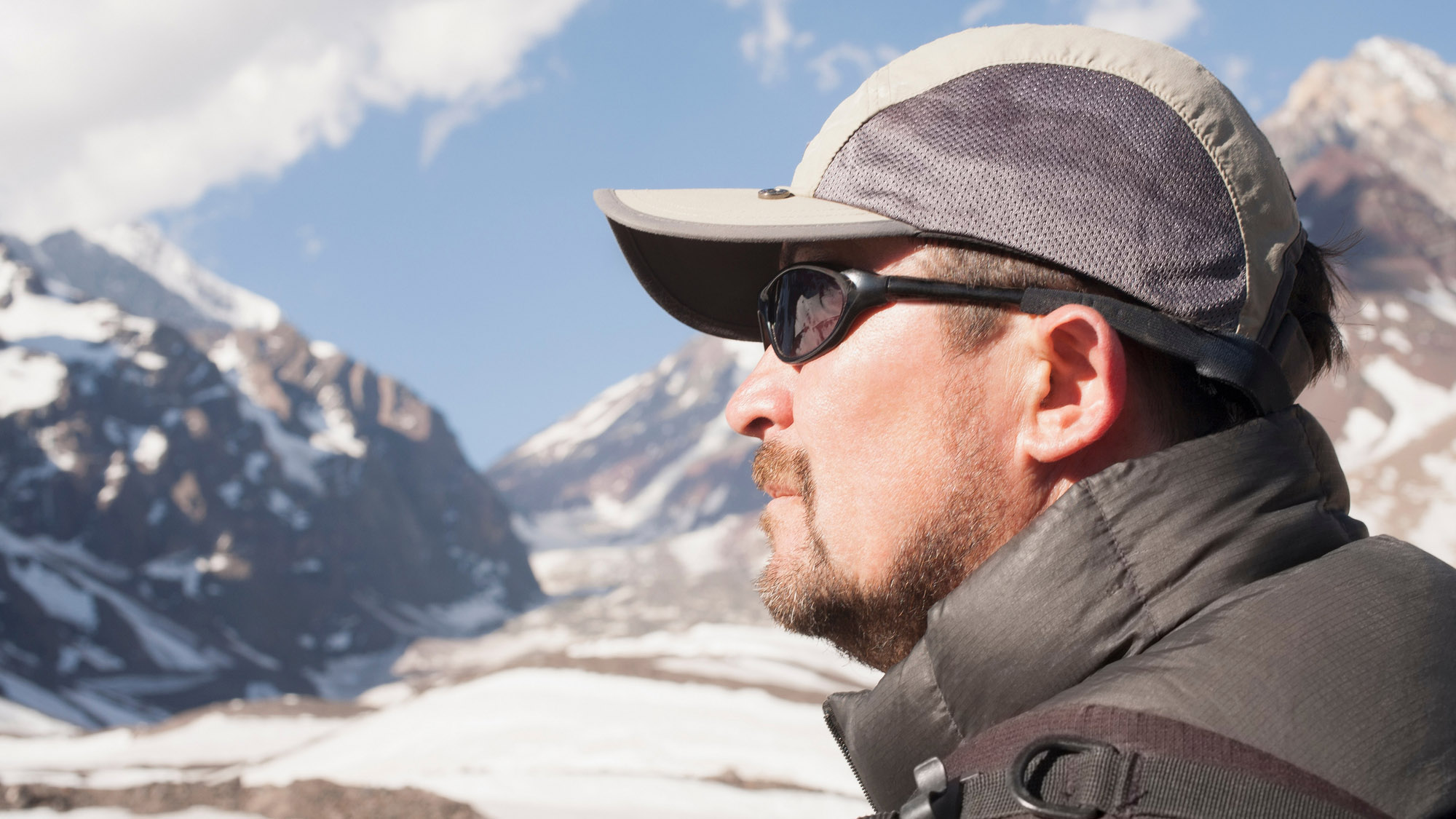
What materials are hiking hats made from?
The best hiking hats for winter conditions are available in a range of synthetic and natural materials, but some stand out for the warmth and comfort they offer. Top of the naturally derived pack is merino wool, which traps heat brilliantly and is also moisture-wicking and odour-resistant. Merino's qualities have also made it the go-to material for hiking base layers. It retains some heat-giving properties even when wet, and doesn’t itch in the way normal wool can, making it perfect for wearing next to the face.
We also rate hats made or lined with fleece. Polyester fleece is very soft and comfortable, is quick to dry, and is warm without adding weight and bulk, making it ideal for thinner hats and headbands designed for sport. Thicker winter hats designed for snow and icy conditions often have a soft lining of fleece or faux fur combined with a tougher outer layer – look for a waterproof or water-resistant canvas. Fur has always been a popular choice as headgear in the coldest climates due to its unsurpassed warmth and the fact that it doesn’t freeze or frost up at sub-zero temperatures – but these days, faux fur does the job just as well.
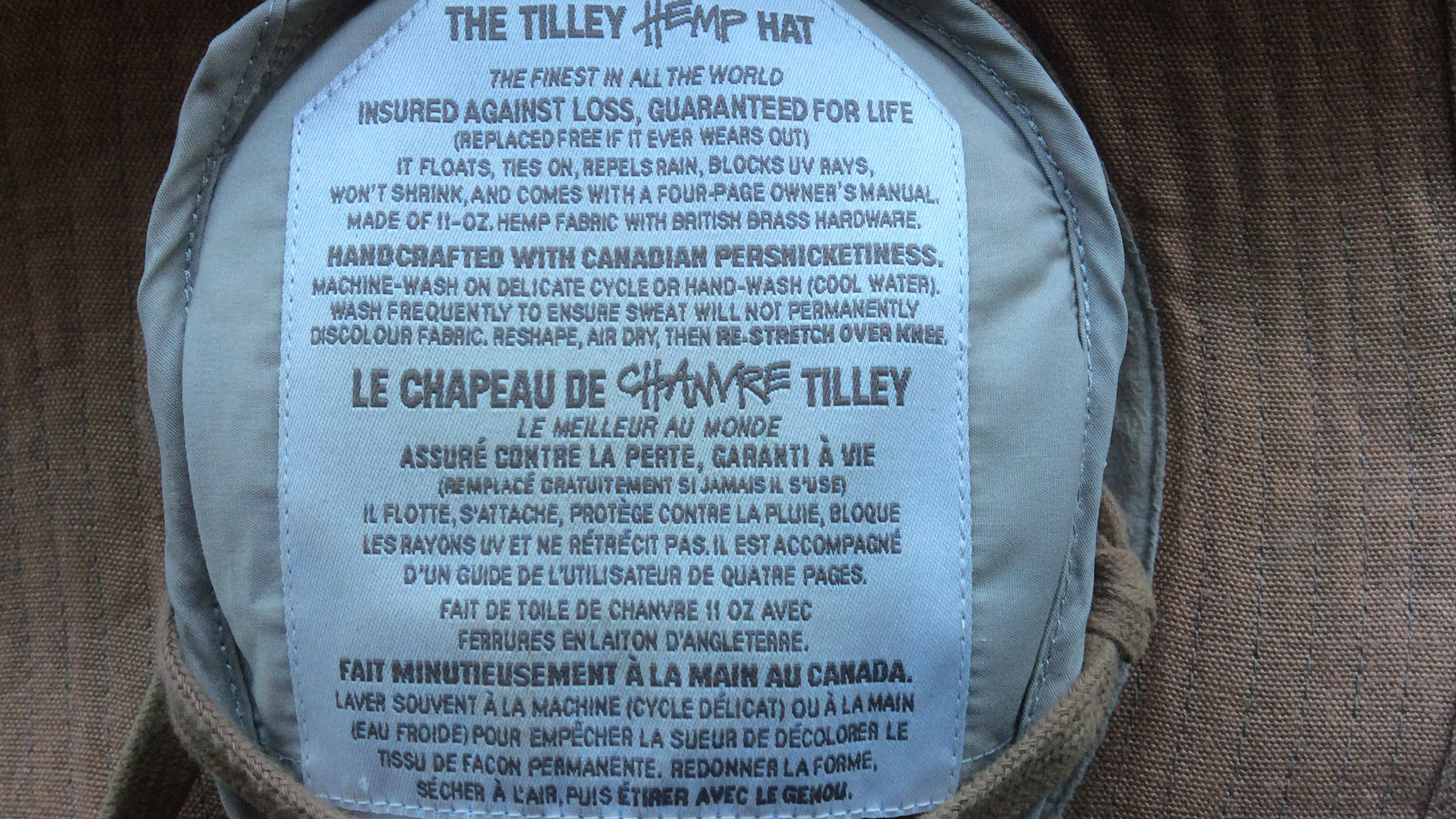
The best hiking hats for summer can be made from all manner of materials, from natural fabrics to synthetic creations. Tilley's TH5 is a great example of natural materials being put to good use. It repels rain, wicks moisture and protects you from the sun.
Synthetic materials can also have their advantages, giving you glorious comfort. Even Gore-Tex have stepped into the hat market, offering a waterproof baseball cap that gives you the best of both worlds: protection from the sun and the rain.
What color should my hiking hat be?
The best winter hats can come in bold bright colors or more subtle hues. Hunters (or people who play out where hunters also hunt) often wear neon orange hats, and for good reason – bright orange or red hats can make you easier to spot in the mountains (or on quiet country lanes), or when you’re out walking, running or cycling in low light. If you want a hat to wear in the city or for the winter commute as well as in the great outdoors, you may want to pick a more neutral color.

Whether he's running, kayaking, mountaineering or hiking, Pat usually has a hat. Based in Devon, one of the UK's sunnier counties, he certainly has plenty of need for shade during the summer months. Meanwhile, when he heads for the mountains, he always has a spare in his backpack. As one of our main gear experts, he knows a quality product when he wears one.

Whether he's running, kayaking, mountaineering or hiking, Pat usually has a hat. Based in Devon, one of the UK's sunnier counties, he certainly has plenty of need for shade during the summer months. Meanwhile, when he heads for the mountains, he always has a spare in his backpack. As one of our main gear experts, he knows a quality product when he wears one.
All the latest inspiration, tips and guides to help you plan your next Advnture!

Author of Caving, Canyoning, Coasteering…, a recently released book about all kinds of outdoor adventures around Britain, Pat has spent 20 years pursuing stories involving boots, bikes, boats, beers and bruises. En route he’s canoed Canada’s Yukon River, climbed Mont Blanc and Kilimanjaro, skied and mountain biked through the Norwegian Alps, run an ultra across the roof of Mauritius, and set short-lived records for trail-running Australia’s highest peaks and New Zealand’s Great Walks. He’s authored walking guides to Devon and Dorset, and once wrote a whole book about Toilets for Lonely Planet. Follow Pat’s escapades on Strava here and Instagram here.
